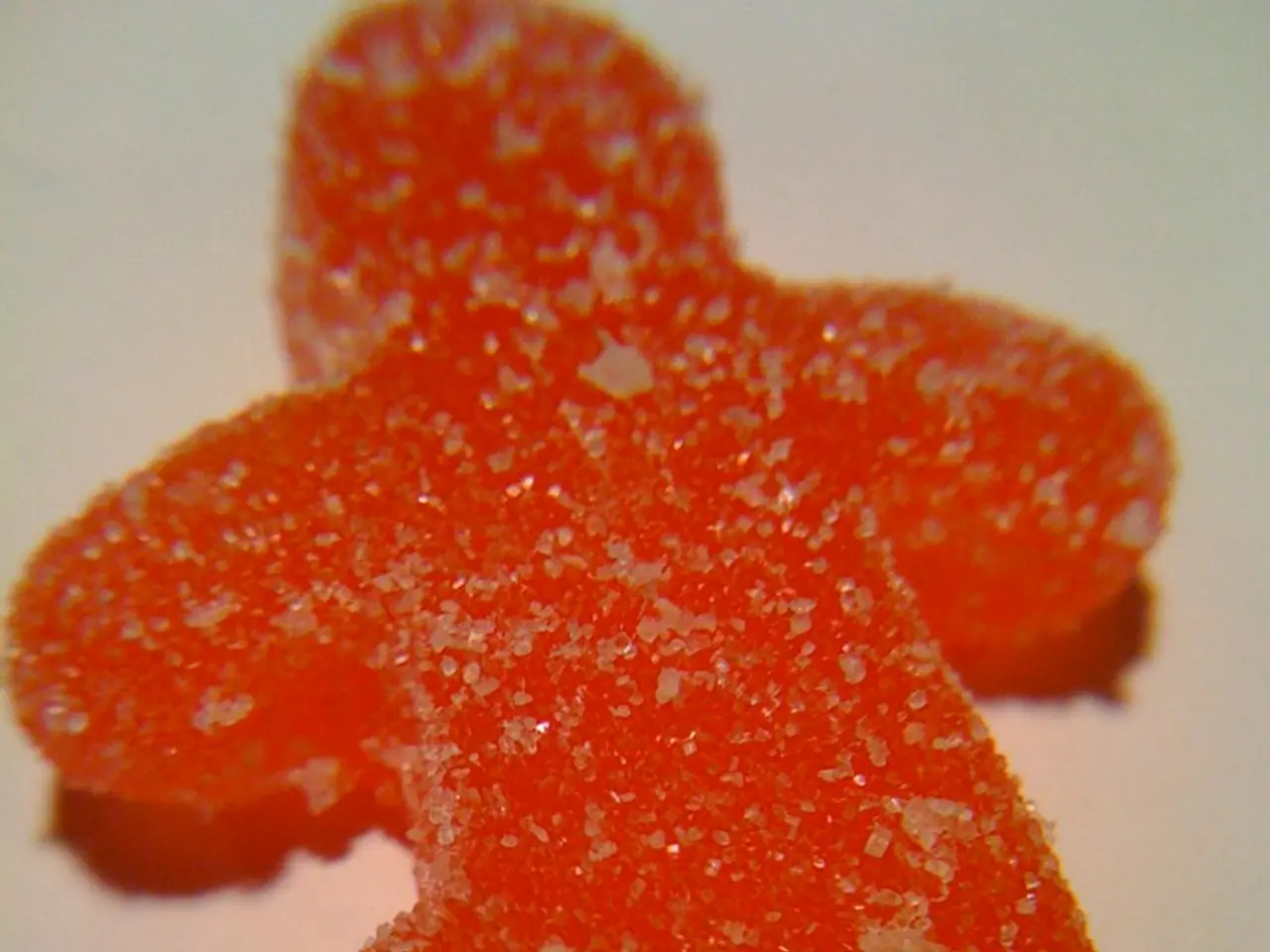Urine Sugar Abnormality: Symptoms, Triggers, Remedies, and Diabetes Connection
Renal glycosuria is a relatively uncommon condition that affects the kidneys' ability to filter and reabsorb glucose, resulting in increased amounts of sugar in the urine. Unlike diabetic glycosuria, where high blood sugar levels lead to glucose spillover into the urine, renal glycosuria is caused by a specific defect in renal tubular glucose reabsorption.
Most commonly, renal glycosuria arises from mutations in the SGLT2 (sodium-glucose cotransporter-2) gene, which encodes the main transporter responsible for glucose reabsorption in the proximal tubules of the kidney. Rarely, mutations may also affect SGLT1 or other components of the tubular transport system. In some cases, renal glycosuria may be acquired due to certain medications or diseases affecting the proximal tubules.
The hallmark feature of renal glycosuria is glucose in the urine with normal blood glucose levels. Some individuals may experience increased urination (polyuria) and thirst (polydipsia) due to osmotic effects of glucose in the urine. However, most patients with renal glycosuria have no other symptoms and the condition is often discovered incidentally. Rarely, if there is associated proximal tubular dysfunction (Fanconi syndrome), symptoms such as weakness, bone pain, or growth retardation in children may occur.
Renal glycosuria is usually benign and does not require treatment. Patients are advised to maintain adequate fluid intake, especially if polyuria is present. Rarely, associated tubular defects may require specific management such as electrolyte supplementation. Careful assessment is required to distinguish renal glycosuria from diabetes mellitus and other causes of glycosuria.
It is important to note that SGLT2 inhibitors used for diabetes and kidney disease pharmacologically block the SGLT2 transporter, leading to glycosuria as part of their therapeutic effect. This is distinct from the inherited defect seen in renal glycosuria. The drug-induced glycosuria from SGLT2 inhibitors appears to have renoprotective effects by lowering intraglomerular pressure and reducing proteinuria, but these are not relevant to the treatment of genetic renal glycosuria.
If you experience unusual symptoms, it is advisable to consult your healthcare provider. Type 1 diabetes develops due to the progressive destruction of specific cells in the pancreas, resulting in decreased insulin production. Type 2 diabetes is characterized by the pancreas not producing enough insulin or the insulin becoming ineffective, leading to uncontrolled glucose levels. Regular exercise, a balanced diet, and maintaining a healthy weight can help reduce the risk of type 2 diabetes.
Gestational diabetes may present similarly to type 2 diabetes but is often asymptomatic and detected through routine screening during pregnancy. It affects approximately 16.2% of pregnant women, and it is more likely to develop type 2 diabetes later in life if one has had gestational diabetes. If undiagnosed and untreated, glycosuria may lead to additional symptoms such as fatigue, vision trouble, minor cuts and abrasions taking a long time to heal, unexplained weight loss, and darkening skin near armpits, neck, or other areas where the skin tends to fold.
The International Diabetes Federation reports that the prevalence of gestational diabetes varies among different racial and ethnic groups. If you are pregnant or planning to become pregnant, it is essential to discuss your risk factors with your healthcare provider.
In conclusion, understanding renal glycosuria is crucial for both healthcare providers and patients. While it is a rare condition, it is essential to distinguish it from other causes of glycosuria and diabetes mellitus. Regular check-ups and maintaining a healthy lifestyle can help manage these conditions effectively.
- The SGLT2 gene, responsible for glucose reabsorption in the kidney, often experiences mutations in cases of renal glycosuria.
- Rarely, mutations may also impact SGLT1 or other components of the tubular transport system in renal glycosuria.
- Acquired renal glycosuria can occur due to certain medications or diseases affecting the proximal tubules.
- Standard symptoms of renal glycosuria involve glucose in the urine, despite normal blood glucose levels.
- In some cases, individuals may experience increased urination and thirst due to the osmotic effects of glucose in the urine.
- SGLT2 inhibitors, used for diabetes and kidney disease, cause glycosuria as part of their therapeutic effect, but this is distinct from the inherited defect in renal glycosuria.
- Type 1 diabetes occurs from the progressive destruction of specific cells in the pancreas, resulting in decreased insulin production.
- Gestational diabetes, detected through routine screening during pregnancy, may lead to a higher risk of developing type 2 diabetes later in life.
- Regular exercise, a balanced diet, and a healthy weight can help reduce the risk of developing type 2 diabetes and various chronic diseases, including kidney diseases, obesity, rheumatoid arthritis, bipolar disorder, depression, and predictive health-and-wellness issues related to sugar imbalances and nutritional deficiencies.




